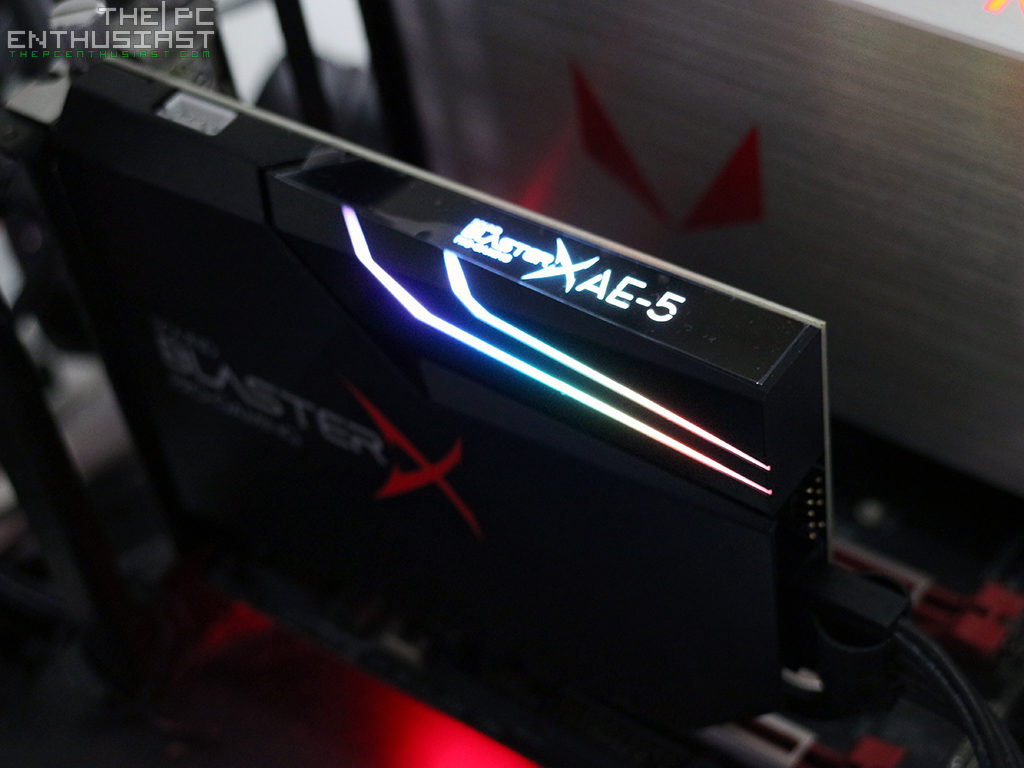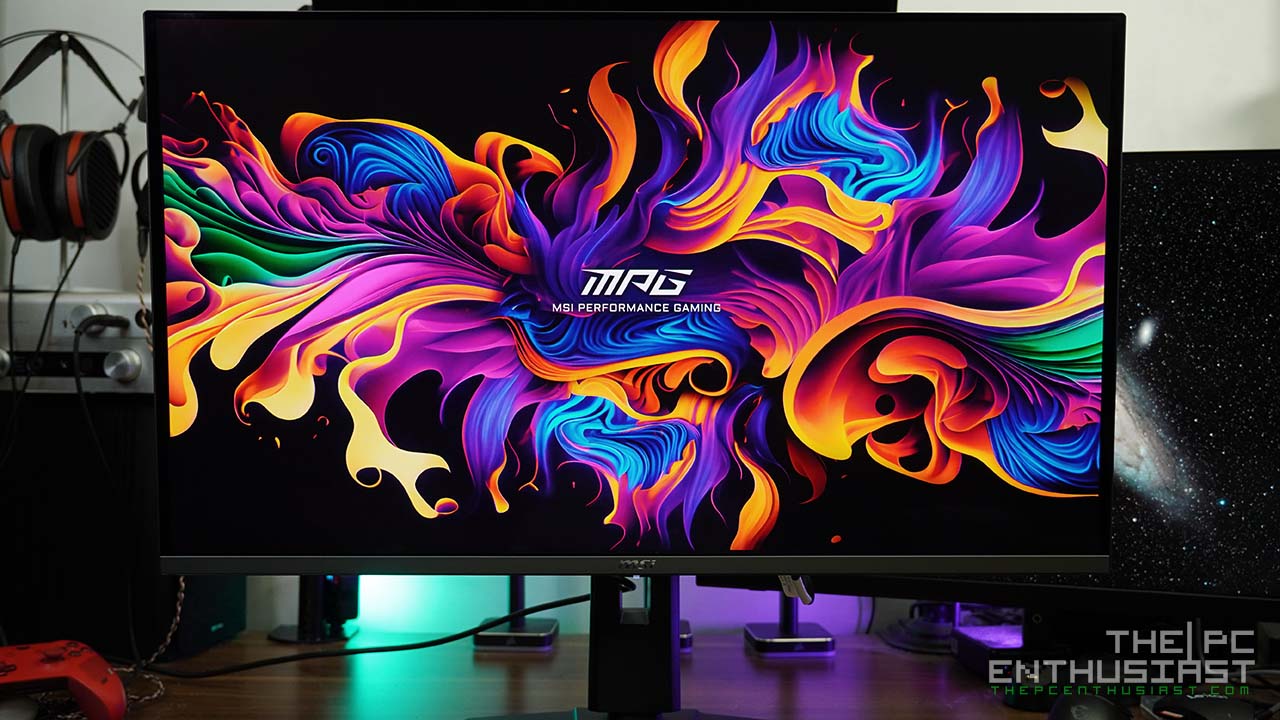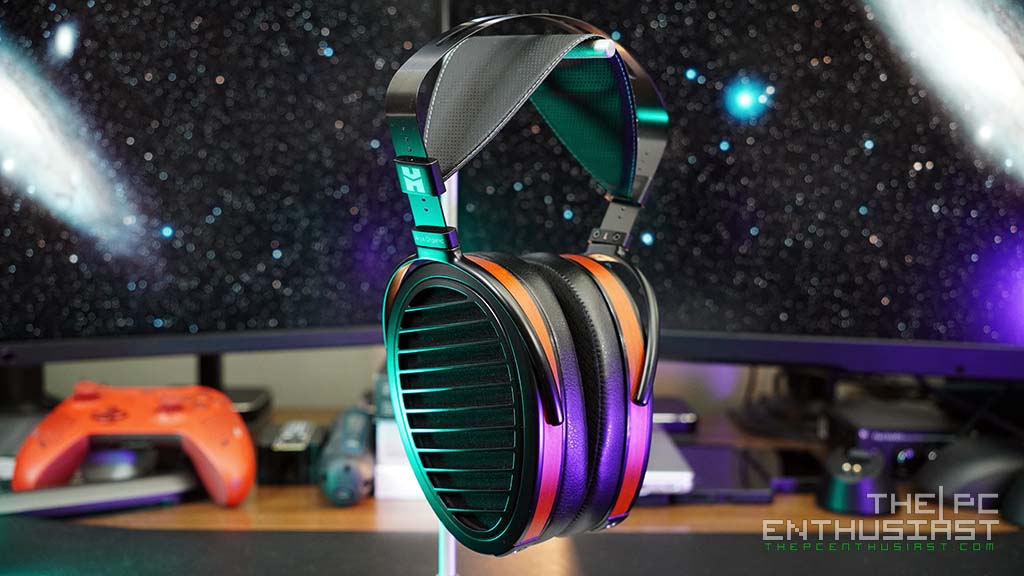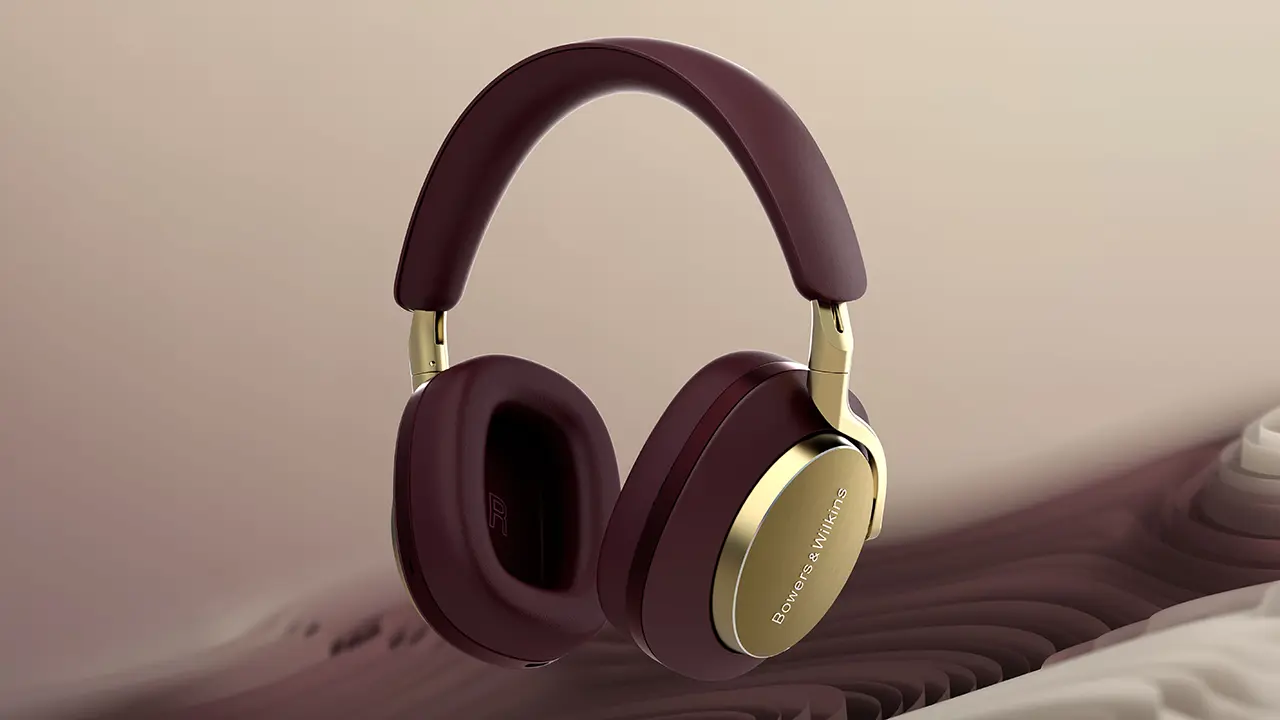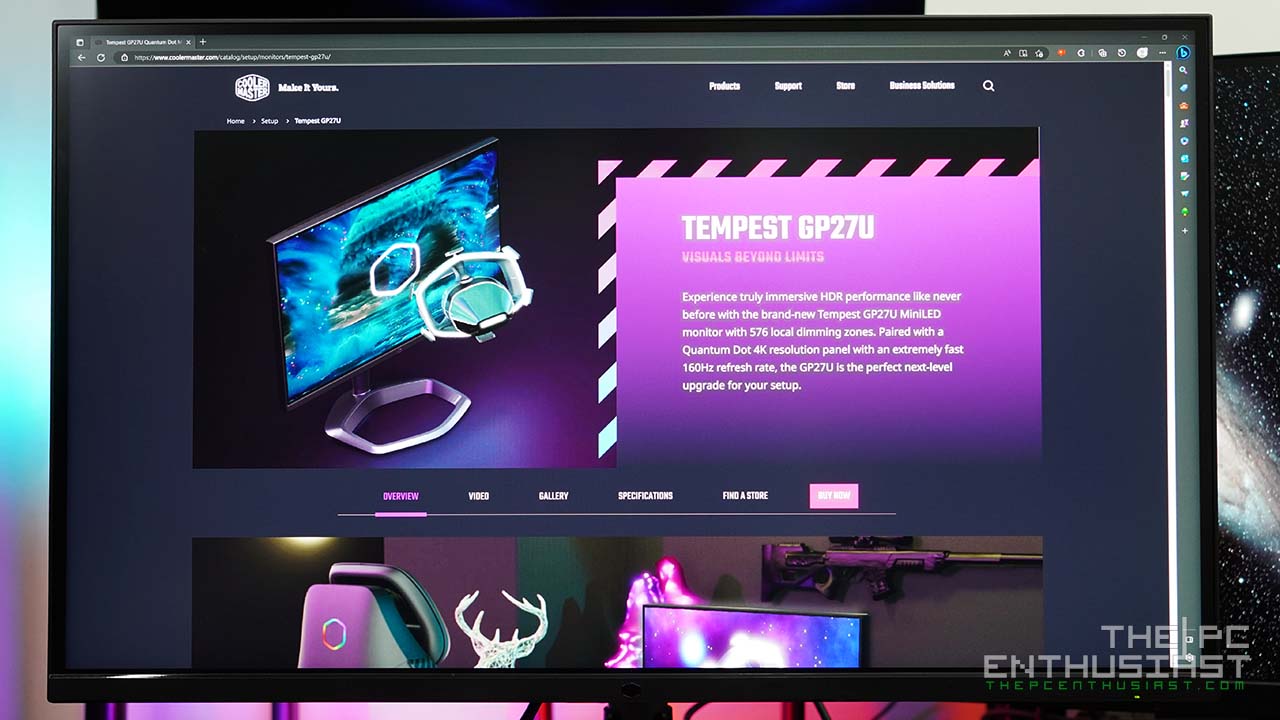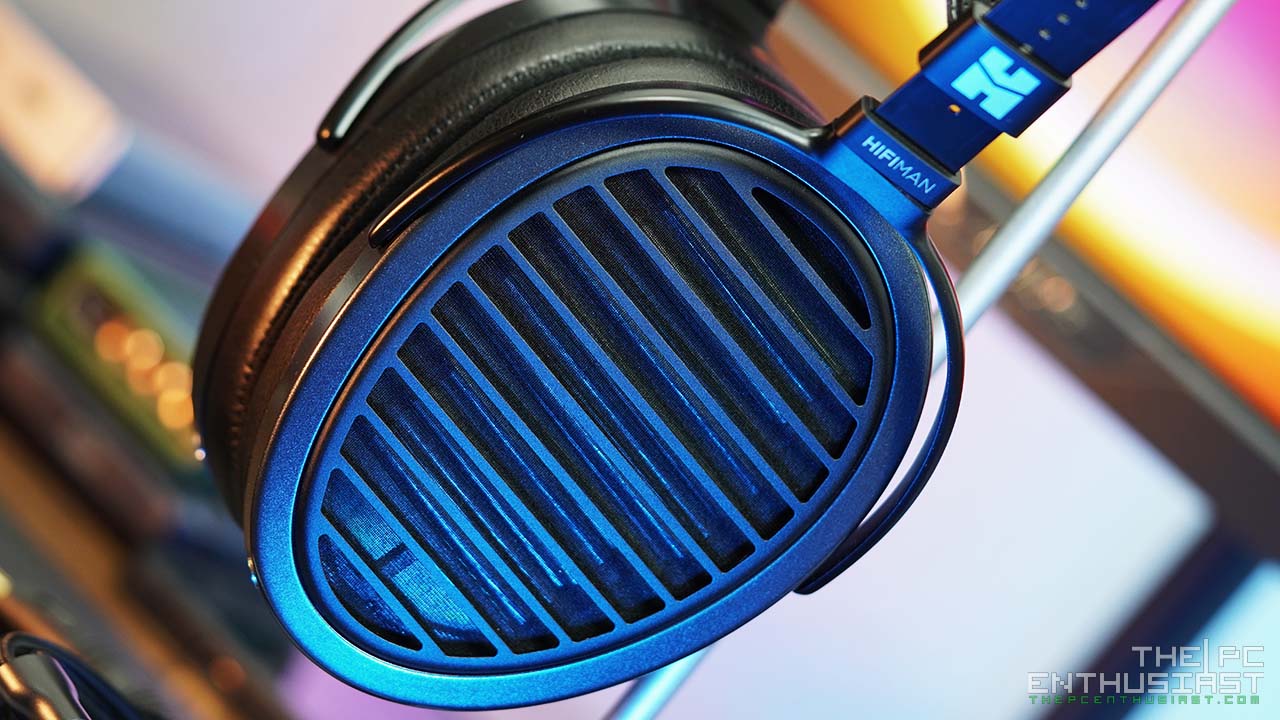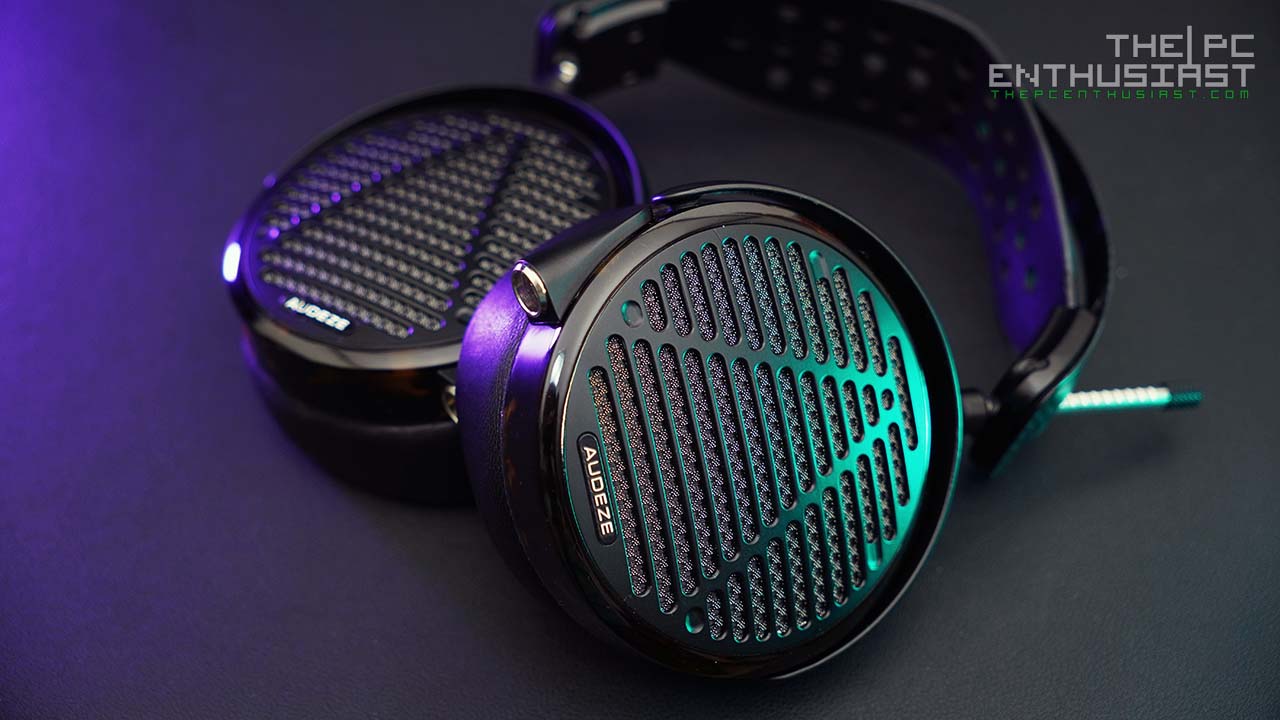Sound BlasterX AE-5 Subjective Listening Experience
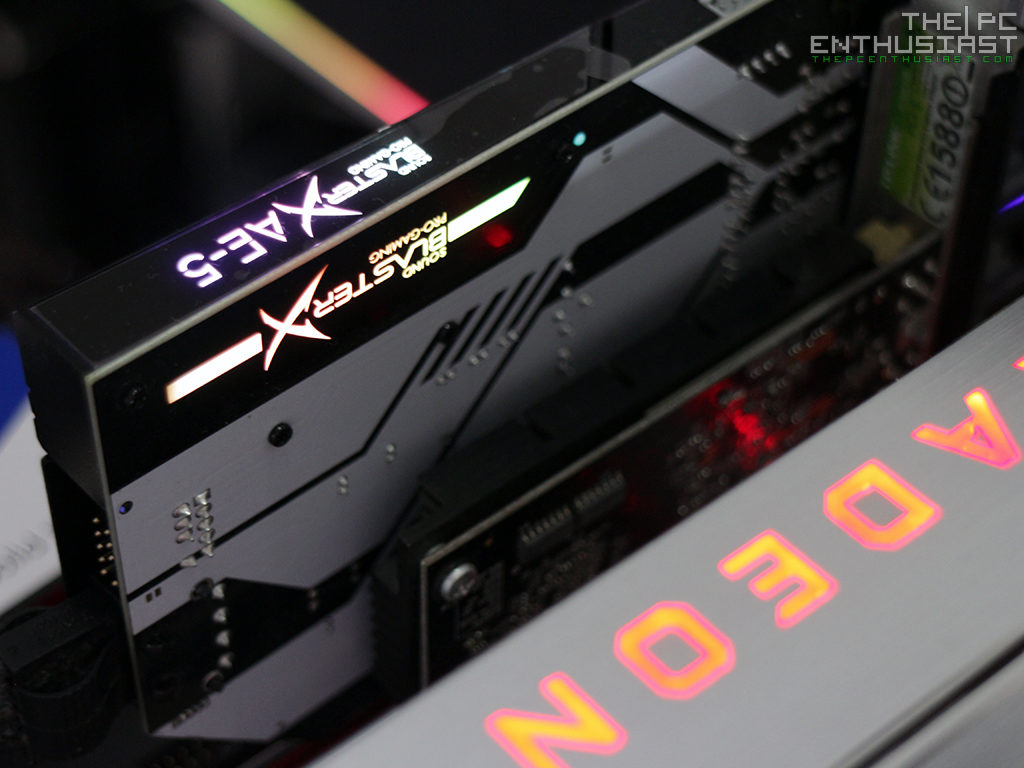
I don’t have a hard to drive headphone like the Sennheiser or Beyerdynamic headphones I mentioned on the previous page. Most of my collection includes IEMs (Campfire Andromeda, Audio64 U12, Unique Melody Miracle V2 and more) that are easy to drive and Planar Magnetic Headphones (like MrSpeakers Ether Flow and HiFiMAN HE400i) that are also fairly easy to drive.
To my surprise, the Sound BlasterX AE-5 does sound pretty well, considering its price point. Without tweaking the settings, it does sound a little bit leaning towards the warmer side. Or as I call it, a consumer-friendly sound signature or tonality. Bass is rich and full and it’s fast thanks to the solid state amps, however a little bit smooth. Mid section is clear and it’s not laid back or over emphasized. Highs are not sibilant, it doesn’t sound analytical at all. Instrument separation and sound stage are decent, and it’s generally a fun and colorful sounding DAC/AMP. After all, this is a “Pro-Gaming” sound card and I’m pretty sure gamers who wants to use this would want to hear punchy explosions and gunshot sounds while maintaining audio clarity, detail and no sharp ear-tearing sound.
Like I said before, you can tweak the settings to further enhance your listening experience depending on your setup and preference. But without tweaking anything, you do get a fun sounding experience. However, I don’t think audiophiles who are looking for a (very) neutral / natural or analytical sound would appreciate the AE-5, as it’s geared towards the mass consumers. And I don’t think the AE-5 would pass as an “audiophile-grade” sound card, specially for the audiophile snobs. This isn’t for you, if you’re looking for some really high end stuff, Hi-Fi or Summit-Fi level.
Compared to built-in audio components on motherboards, let’s make a clear line first. On entry level to some mid-range motherboards, where the built-in audio components are not that good; there’s a noticeable difference in audio quality. The signal on the AE-5 is definitely much cleaner and clearer. And it can properly drive headphones thanks to the high quality DAC and AMP built into the AE-5. However, compared to high end motherboards (not all of them) with better built-in audio components, you may or may not hear the difference (depending on the headphone or IEM you use). Built-in audio components on high end motherboards are really good nowadays, so you may not need one unless you are looking for a specific feature or function you needed for your setup.
Compared to external DAC/AMPs, it’s a little bit complicated. Nowadays there are lots of external DAC or DAC with AMPs in the market. The DAC/AMPs I mentioned above are just some of the very few. Some external DAC/AMP are affordable, while others are (very) expensive (like the ALO CDM or Chord Hugo). Each DAC/AMP also has varying set of features, but usually it’s just a high quality DAC and high quality AMP (or tube AMP) with a typical 3.5mm output, 2.5mm balanced output or the 6.5mm headphones out. Generally, most of the Mid-Fi to High-Fi external DAC / AMPs I tried or encountered have a really good sound quality. They just differ in tonality, texture, timbre, components used and usually the price. But basically speaking they are really good. What makes and external DAC/AMP better than an internal audio component or PCIe DAC/AMP is that it is completely separated from the system. It has a better chance of being not affected by the other components inside a desktop PC. Although, there are external DAC/AMP that are bad sounding and are not able to eliminate or keep background noise at bay. Those are usually the cheap ones or bad products.
Another advantage of an external DAC/AMP is that they are very easy to use, usually plug and play. They also have dedicated volume knobs or analog controls and there’s no complicated settings. On the other side, PCIe DAC/AMPs like the AE-5 has more set of features than a typical external DAC/AMP. Like support for 5.1 audio channel, EQ tweaking, voice recording, support for 7.1 surround headphone and many more. You also don’t need an external (wall) power to power it up. Not to mention, it has RGBs. So it really depends now on what the user needs, or his/her preferred setup.
Speaking of RGB, does it make the sound better? As much as I want to give you a satirical answer (just for fun), I wouldn’t since some might take it literally and seriously. The answer is just NO. RGB lighting doesn’t make the sound better or increase the FPS of your game. BUT it certainly does add to the aesthetics or eye candy, and makes your system look better.
Price and Availability
Creative’s Sound BlasterX AE-5 PCIe DAC with headphone AMP is now available. It comes with a manufacturer’s suggested retail price of $149 and a 1 year limited hardware warranty. You can check out the links below for the latest pricing and availability.
For US: B&H Photo here
For UK: available at Amazon UK here
Sound BlasterX AE-5 Sound Card Review: Conclusion
Creative made a good and cost-effective product in the form of Sound BlasterX AE-5. The sound is good thanks to the ESS ES9016K2M DAC paired with Creative’s Xamp; it brings out the sound and adds life to your music, movie session or gaming experience. The RGB, although doesn’t have any effect on audio quality, is a welcome addition. For those who are not RGB fans, you can simply turn this off by not connecting the 4-pin molex power or via the software. The line/mic in for recording audio is also advantageous for gamers who stream their gameplay. Plus, they could add some voice effects thanks to the audio processor and software included.
There are only a few things which I didn’t like or things that you should consider about the AE-5. First is the location of the RGB header, I find it odd and “out of place”, specially if you don’t connect the RGB strip and leave it open. Second, you’ll need to connect a 4-pin molex on the rear portion just to power the RGB. Having more connections or wires showing makes it a little bit less attractive, specially for those who are trying to build a clean, almost no visible wires kind of gaming system. And the software might be a little bit confusing and a bit complicated specially for first time users.
To answer the question, “does the Sound BlasterX AE-5 sound good?” I believe I have already answered that; for its price, yes it does! It does improve your audio experience specially if you are coming from a (much) older sound card or from a entry level built-in audio component.
“Do you really need one in your system?” It depends. If your motherboard has a poor audio component, or you have a (much) older sound card, or your audio out is unable to drive your headphone properly and you need something better, it’s definitely worth trying out the AE-5. However, if you already have a good on-board audio component, it may not be worth it to upgrade; unless you need the additional features the AE-5 has to offer. I wouldn’t also point you to this product if you’re an audiophile looking for that Hi-Fi or Summit-Fi / audiophile-grade level of experience; or you’re simply a purist who is looking for that pure and clean sounding, true to sound reproduction with unparalleled level of detail and clarity, this simply isn’t for you.
Finally, if you’re a Pro or non-Pro gamer, a streamer or you simply just want to enjoy better audio quality or improve your listening/recording experience; because the one that you have now is (really) bad, the Sound BlasterX AE-5 is a good place to start without breaking the bank.

